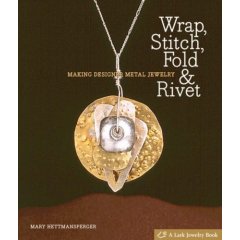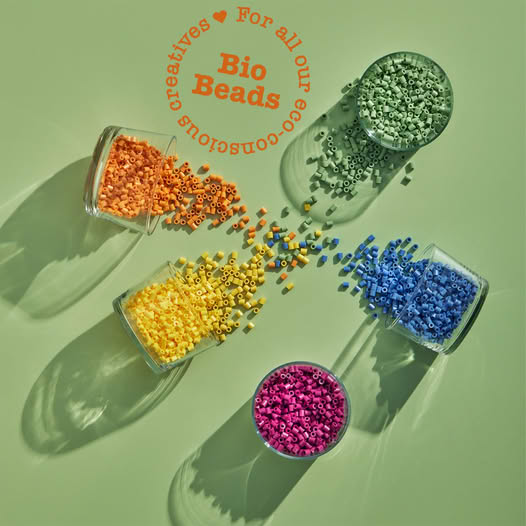 Book Review: Wrap, Stitch, Fold & Rivet: Making Designer Metal Jewelry by Mary Hettmansperger
Book Review: Wrap, Stitch, Fold & Rivet: Making Designer Metal Jewelry by Mary Hettmansperger
- Hardcover: 128 pages
- Publisher: Lark Books (June 3, 2008)
- Language: English
- ISBN-10: 1600591256
- ISBN-13: 978-1600591259
- Product Dimensions: 10.1 x 8.6 x 0.7 inches
Ms. Hettmansperger is an amazing art jeweler. Hettmanspergers style is organic, abstract, a bit raw and a smidge wild-this is not for everyone. Personally I love it, other people prefer more ‘tame’ jewelry. Having said that, do not let that distract you from this book. You can do every one of her projects with different materials and come up with some VERY chic and unique jewelry.
This book focuses on using cold connections and using metals like copper and brass. If you have little or no metalworking skills or have limited space/funds/time then cold connections are the way to go. And many people start their jewelrymaking journey this way too!
This book shows that you don’t have to be a “professional metalsmith” to craft your own fabulous art jewelry. Some of my favorite projects are the Bean Pod Pins and the Moving Parts Necklace.
The book is well written with clear instructions. The first section goes over tools, materials and techniques that will be used. The projects start off with projects to get you used to manipulating metal and it ends with using fiber techniques of weaving to make some really cool jewelry. Each project has gorgeous photos and is supplimented with hand drawn illustrations. There is a gallery section in the back to keep you inspired.
Some reviews have said “this is not for beginners”, I disagree. It is very MUCH for beginners (and all levels), who are interested in art jewelry. Its a wonderful book for jewelrymakers of all levels to push your boundaries and expand your creativity.
Her other book “Fabulous Woven Jewelry” is another visual feast of using fabric techniques with metal.
